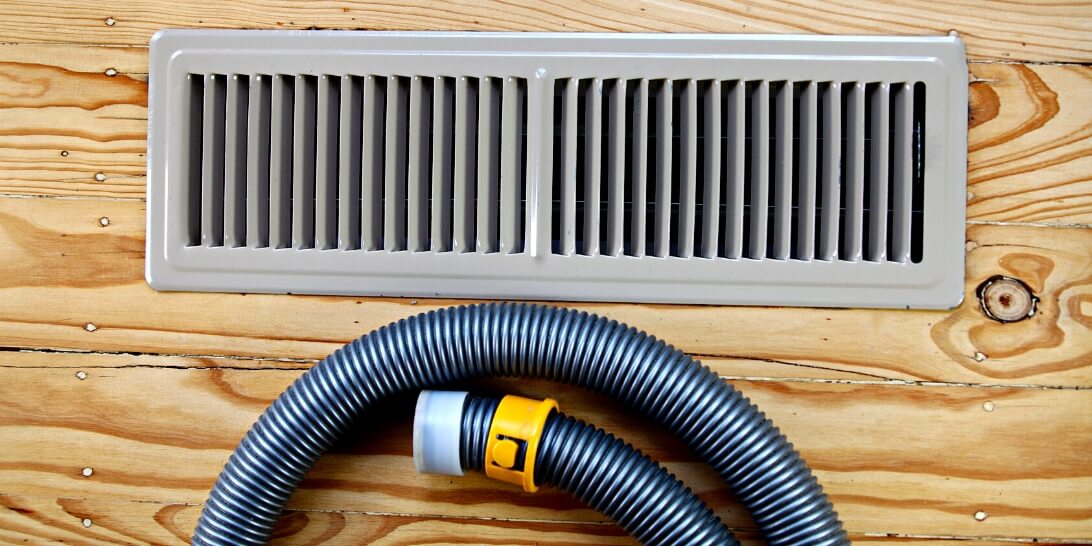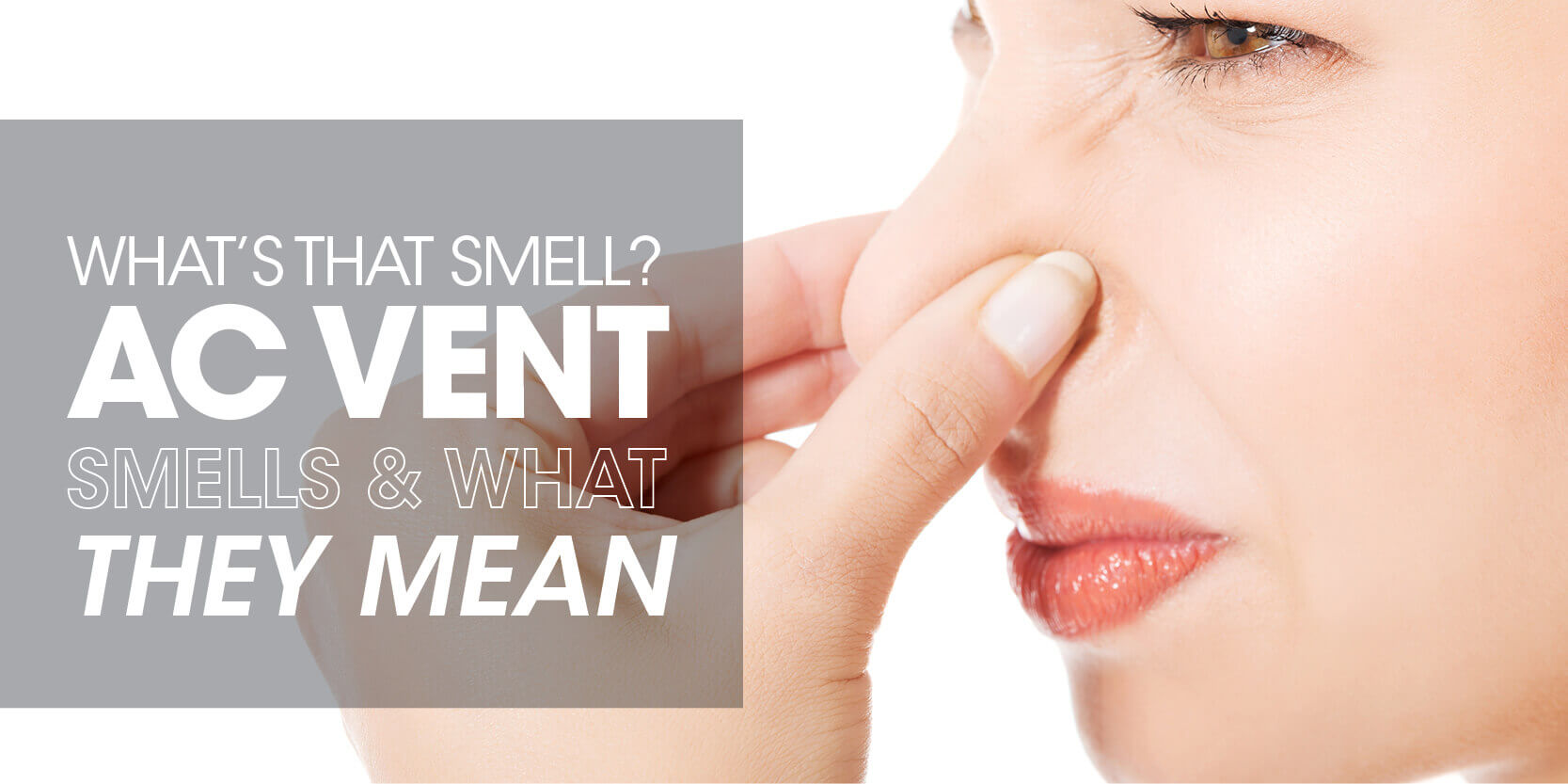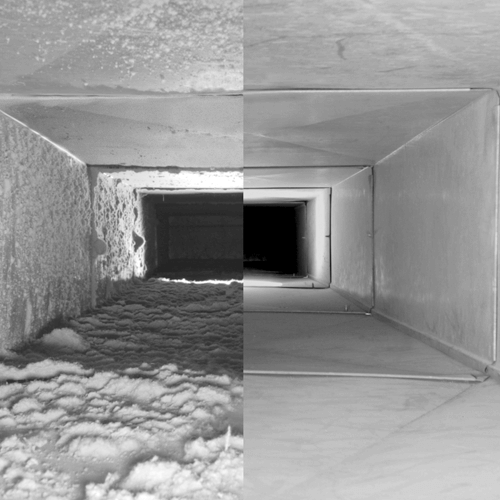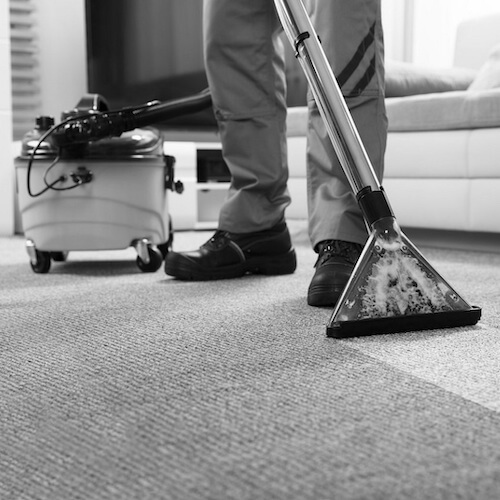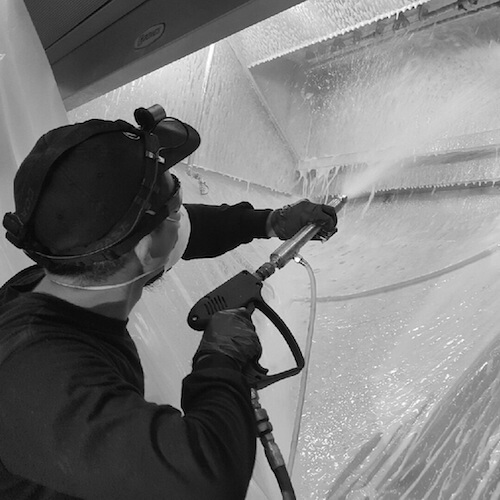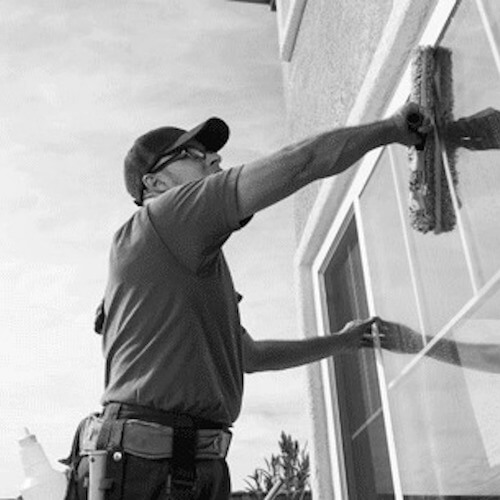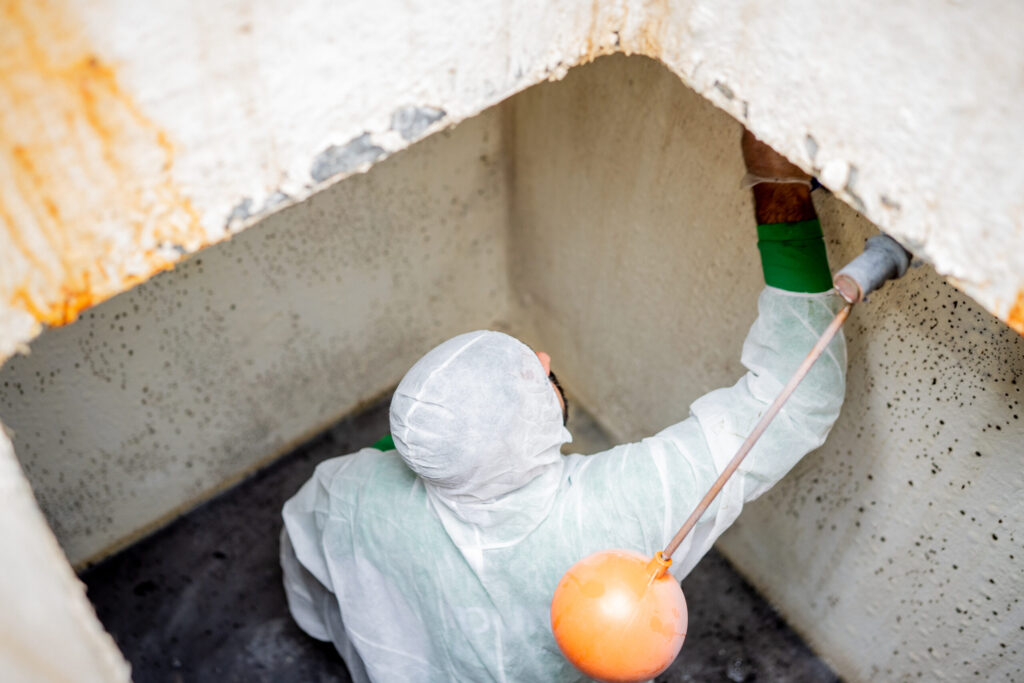Improve Air Quality and Save Money
As the scorching heat of summer approaches, AC units become a necessity in Dubai and Abu Dhabi. To keep them functioning optimally, it’s essential to keep the air conditioning system’s ducts clean. AC duct cleaning is the process of removing dirt, dust, and other pollutants from the ductwork of an AC system.
Neglecting AC duct cleaning can lead to a range of problems, including reduced air quality, increased energy bills, and even health issues. On the other hand, regular AC duct cleaning can provide various benefits, including improved air quality, reduced energy bills, extended lifespan of the AC unit, prevention of mold growth, and elimination of unpleasant odors.
AC ducts are responsible for circulating cool air throughout the space. However, they can accumulate a significant amount of dirt, dust, and other pollutants over time.
When this happens, the air quality can suffer, leading to a range of health problems such as allergies, respiratory issues, and headaches. In addition, clogged AC ducts can cause the AC unit to work harder, leading to higher energy bills and reducing the lifespan of the unit.
Neglecting AC duct cleaning can also result in the growth of mold, which can further exacerbate respiratory issues and cause unpleasant odors in the space.
Benefits of AC duct cleaning

1. Improved Air Quality
Clean AC ducts can significantly improve the air quality of a space, leading to a healthier environment for occupants. Regular AC duct cleaning provides particular benefits for individuals with allergies or respiratory issues by reducing the presence of pollutants in the air. It helps create a cleaner and fresher indoor atmosphere, promoting better respiratory health and overall well-being.
2. Energy Savings
Regular AC duct cleaning plays a crucial role in reducing energy bills and ensuring the optimal functioning of the AC unit. When AC ducts are clogged with dirt and debris, the unit has to work harder to circulate air throughout the space. This increased workload leads to higher energy consumption.
However, by keeping the ducts clean, the unit can operate more efficiently, resulting in lower energy bills. Clean ducts enable better airflow, reducing the strain on the AC unit and improving its energy efficiency.
3. Extended Lifespan of AC Unit
One of the significant benefits of regular AC duct cleaning is the extended lifespan of the AC unit. Clogged ducts force the unit to work harder, placing additional strain on the system.
Over time, this strain can cause wear and tear on the unit, leading to a shortened lifespan and the potential for costly repairs or replacements. Regularly cleaning the AC ducts allows the unit to operate more efficiently, reducing the strain and extending its lifespan. This helps homeowners and business owners avoid premature AC system failures and the associated expenses.
4. Prevention of Mold Growth
Regular AC duct cleaning also serves as an effective preventive measure against mold growth. Mold thrives in dark and damp environments, making ducts a perfect breeding ground. By performing routine AC duct cleaning, the risk of mold growth is significantly reduced. This ensures the air remains clean, fresh, and free of mold-related hazards.
5. Reduction of Fire Hazards
While regular AC duct cleaning can reduce fire hazards within a space, dirt, and dust can accumulate in ducts, acting as kindling if there is a spark. Keeping the ducts clean minimizes the risk of fire hazards.
6. Improved Efficiency of AC System
The buildup of dirt and dust in AC ducts can restrict airflow, causing the system to work harder to circulate air. Regular AC duct cleaning improves airflow by removing obstructions and ensuring proper ventilation.
With improved airflow, the AC system can operate more efficiently, resulting in lower energy bills and a more comfortable environment for everyone.
Regular AC duct cleaning offers numerous benefits, including improved air quality, energy savings, an extended lifespan of the AC unit, prevention of mold growth, reduction of fire hazards, and improved efficiency of the AC system.
By prioritizing the maintenance and cleanliness of AC ducts, occupants can enjoy a healthier, more cost-effective, and more comfortable indoor environment. Improve air quality and save energy. Book AC duct cleaning now.
Ipurity Since 2016.
If you’re looking for a reliable AC duct cleaning service in Dubai and Abu Dhabi, look no further than ipurity. Our professional team has the expertise and tools needed to thoroughly clean your AC ducts, ensuring that you can enjoy improved air quality, lower energy bills, and a longer lifespan for your AC unit.
Our services are designed to be affordable and efficient, so you can rest assured that you’re getting the best value for your money.
At ipurity, we understand the importance of regular AC duct cleaning, and we’re committed to providing the best possible service to our customers. we offer a range of AC duct cleaning services designed to meet the unique needs of our customers.
Our team can provide a thorough inspection of your AC system, identifying any potential issues and providing recommendations for the best course of action. Whether you’re looking for a one-time cleaning or a regular cleaning schedule, we can provide the services you need to keep your AC system functioning optimally.
When it comes to choosing an AC duct cleaning service, it’s important to choose a company that you can trust. At ipurity, we’re committed to providing the highest quality services to our customers, using the latest techniques and equipment to ensure that your AC system is as clean as possible.
Our team is highly trained and experienced, and we’re dedicated to providing the best possible service at an affordable price.
Our team is highly trained and experienced, and we use the latest techniques and equipment to ensure that your AC ducts are as clean as possible. Whether you’re looking for a one-time cleaning or a regular cleaning schedule, we can provide the services you need to keep your AC system functioning optimally.
Get in touch now to book your free assessment.
Follow us on Instagram for more.
